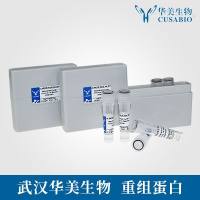Two-Dimensional Electrophoresis: A Tool for Protein Separation and Processing for Microsequencing
Electrophoresis is defined as the migration of a charged particle in an electric field. Electrophoretic techniques have been used to analyze, separate, and characterize proteins, peptides, and nucleic acids. A number of different one-dimensional electrophoresis techniques have been developed using various kinds of gel, including starch, agarose, or cellulose acetate. A major breakthrough in electrophoresis methodology occurred with the development of polyacrylamide gels (1 ). Polyacrylamide gels are nonionic polymers, which are chemically inert and stable over a wide pH range, temperature, and ionic strength. Moreover, they allow gels to be prepared with a wide range of pore sizes, facilitating the separation of proteins of different mol wt. A polyacrylamide gel is formed by the polymerization of monomers of acrylamide with monomers of a suitable bifunctional crosslinking agent, usually N,N′ -methylene-bis -acrylamide (Bis ). The concentration of acrylamide and bis -acrylamide will determine the physical properties of the gel, especially pore size. Polyacrylamide gels are transparent, allowing excellent visualization of the separated proteins after electrophoresis. Polyacrylamide gel electrophoresis (PAGE) can thus be consider as a major protein purification technique, allowing the separation of proteins according to their mol wt, charge, and geometric configuration.
![预览]()






